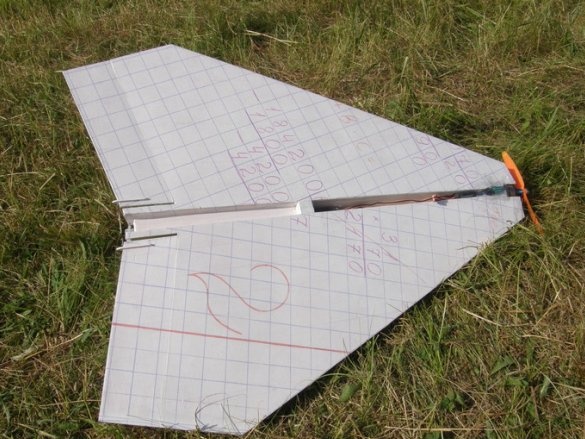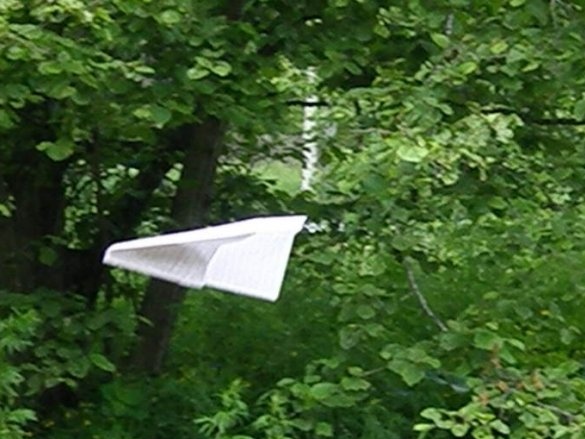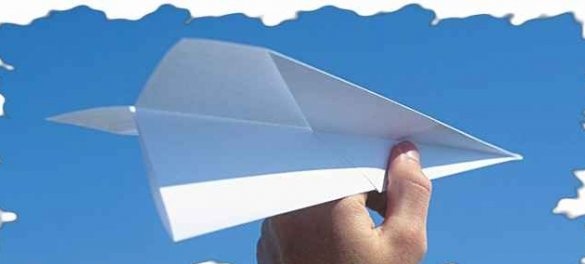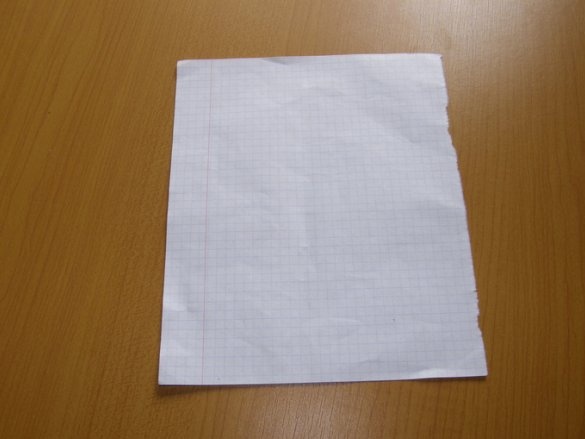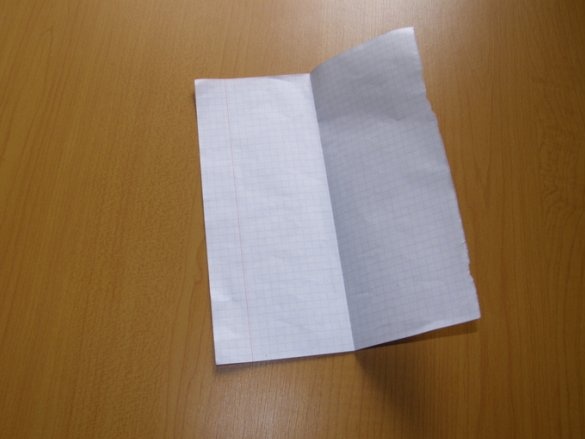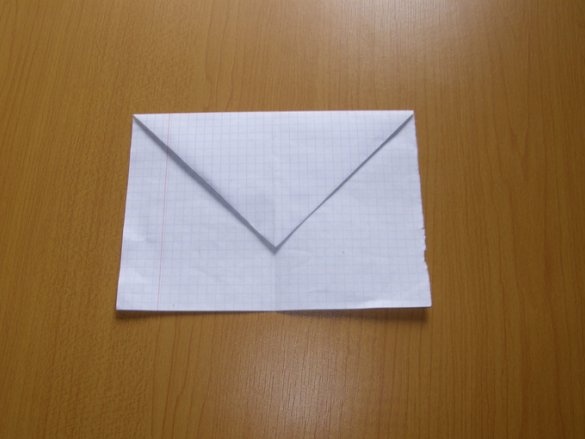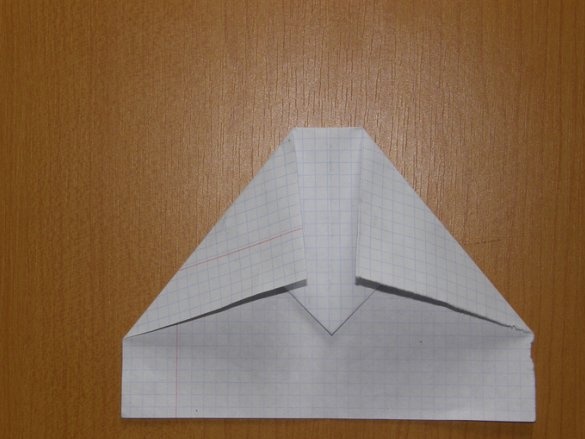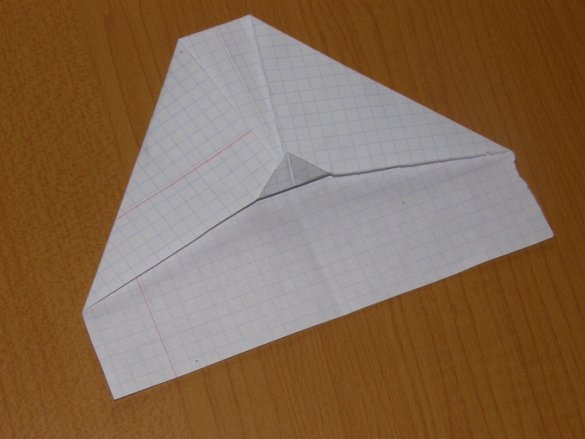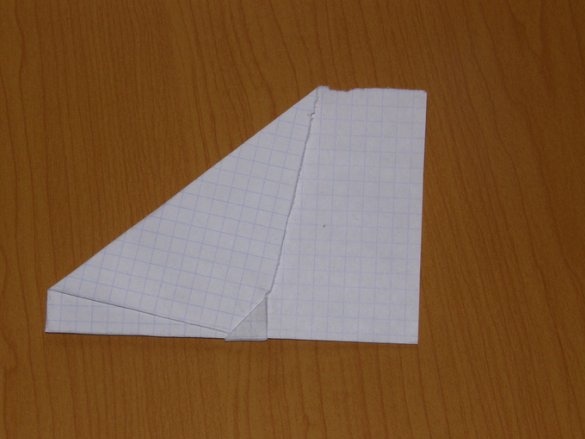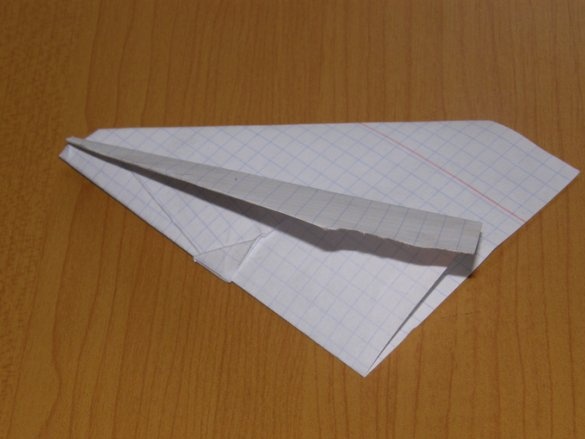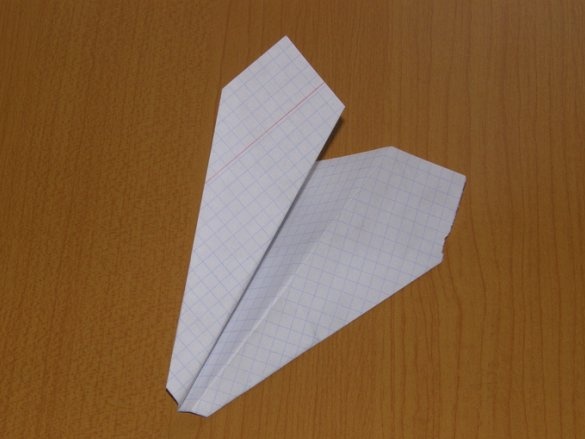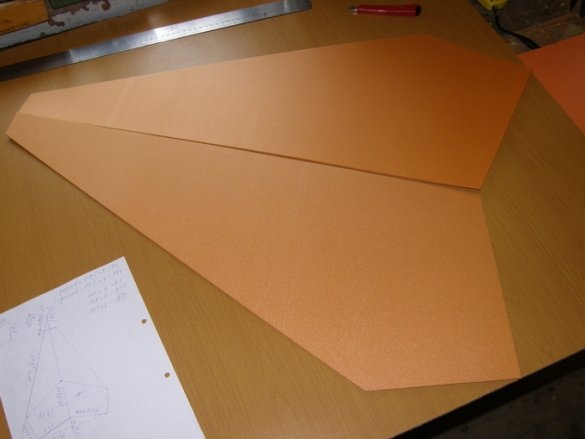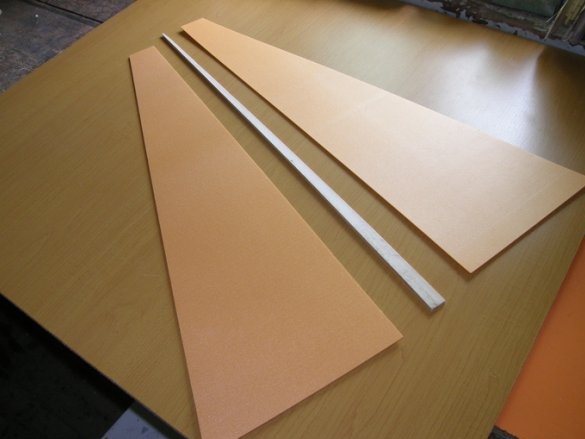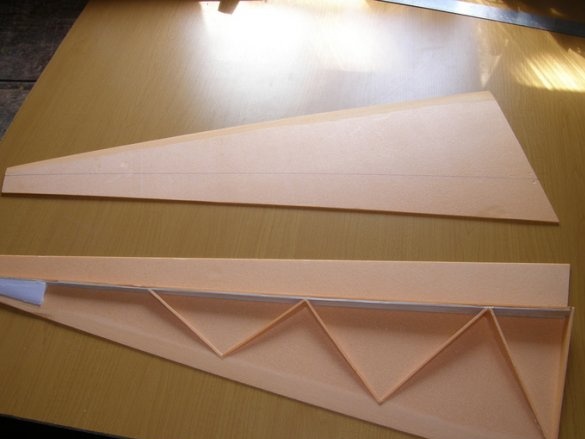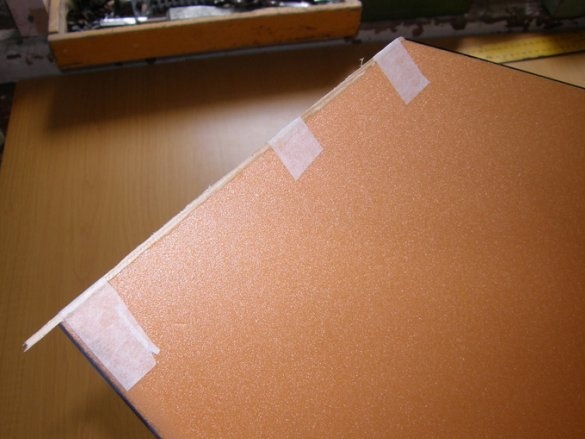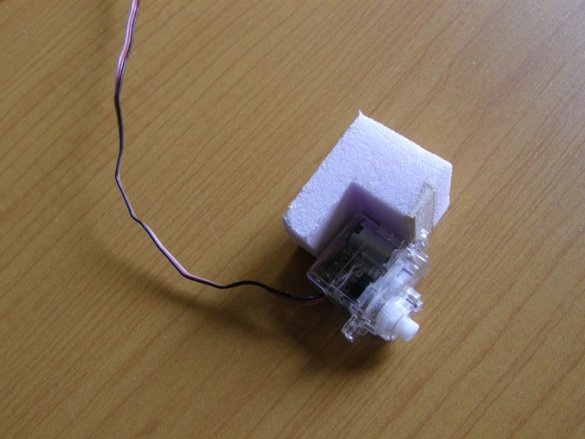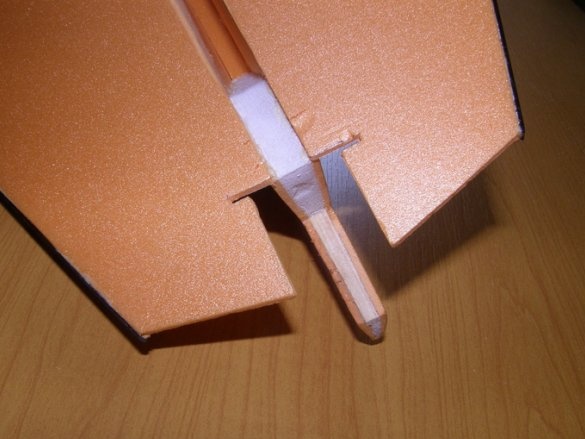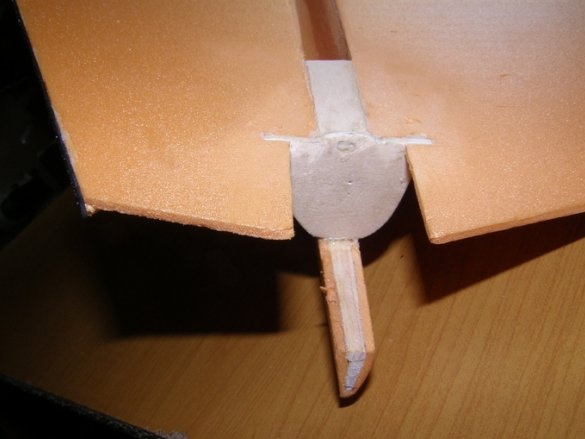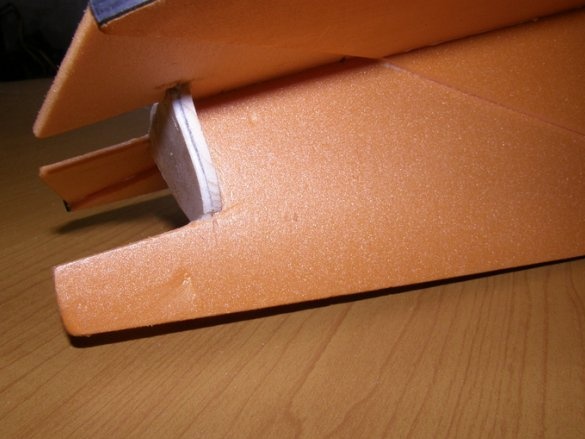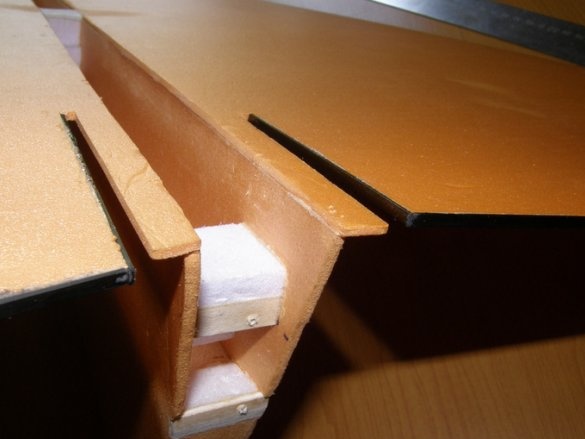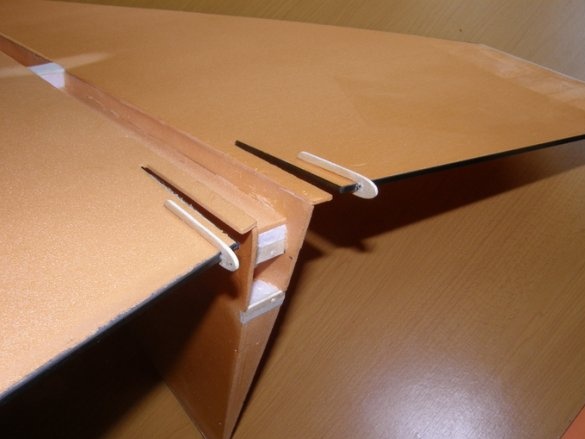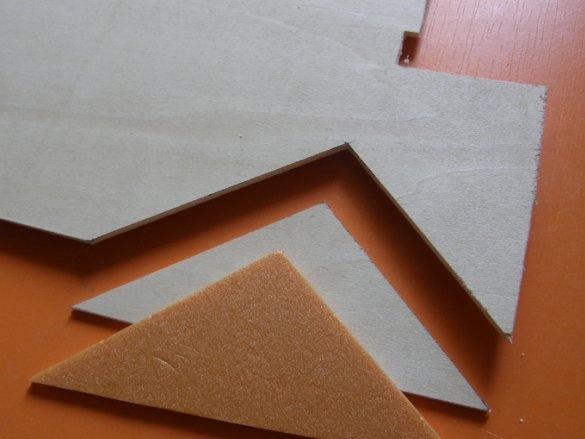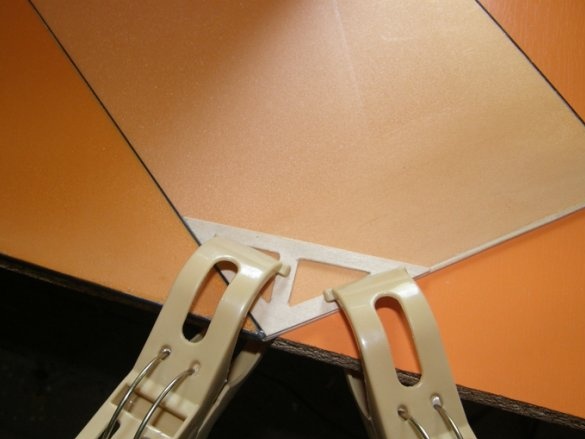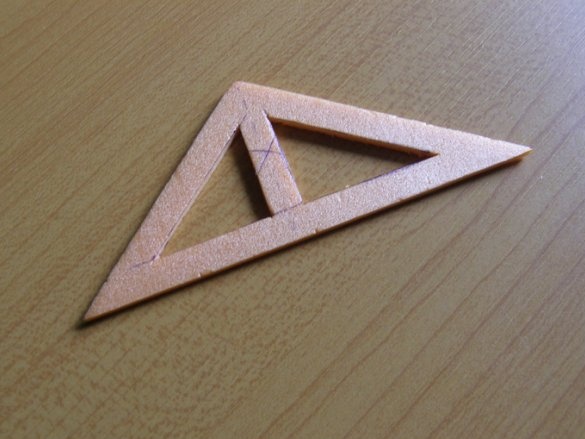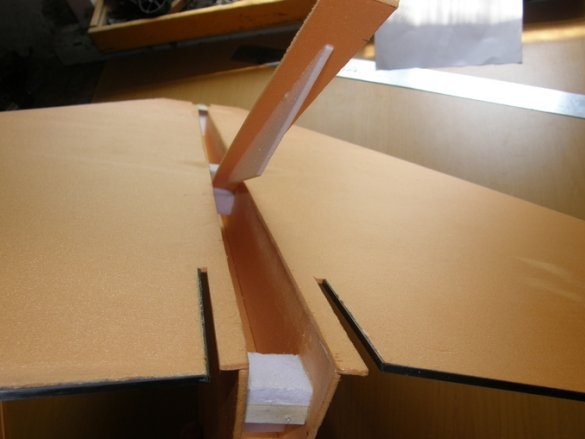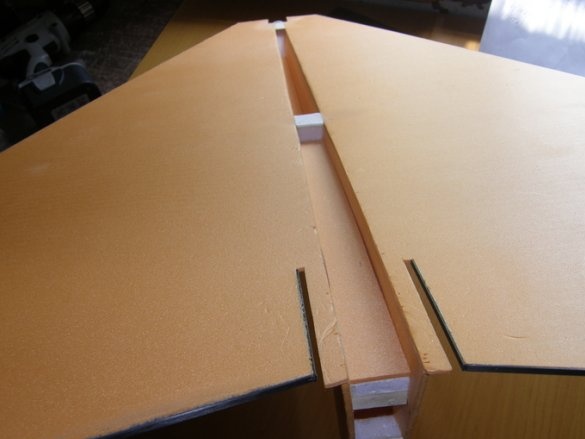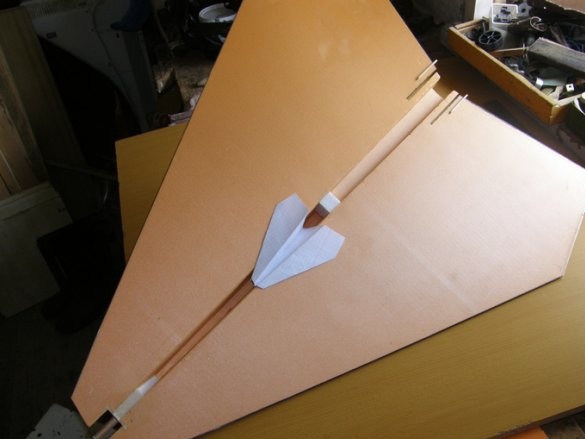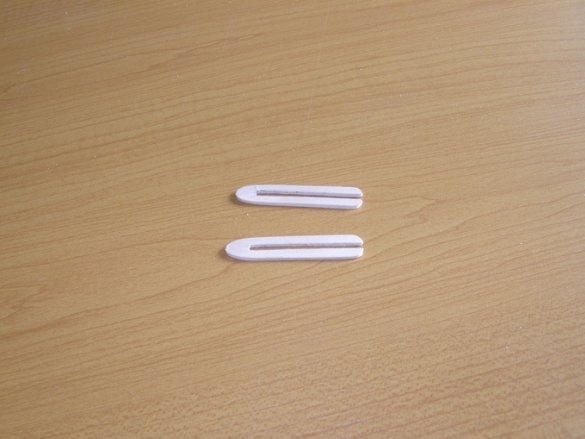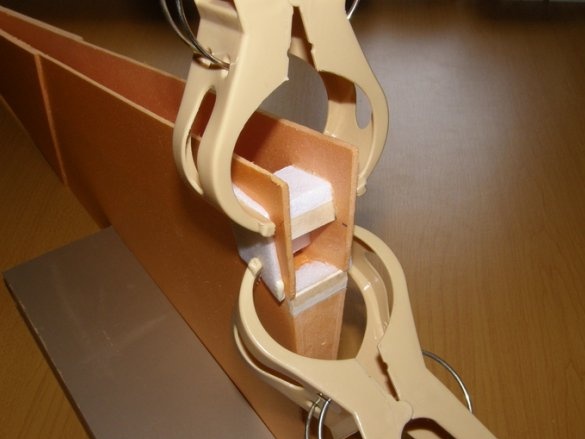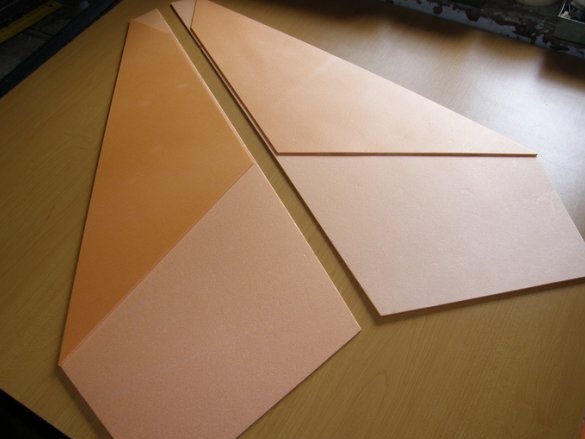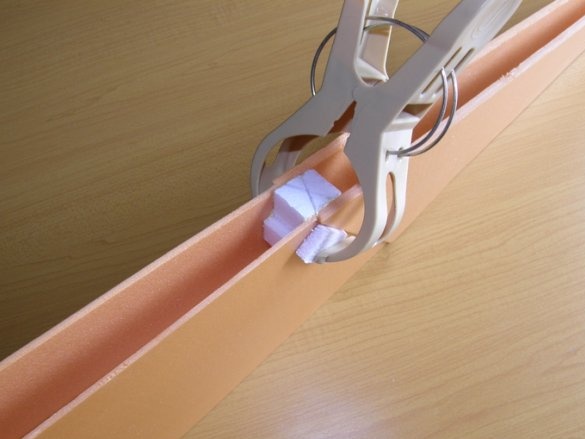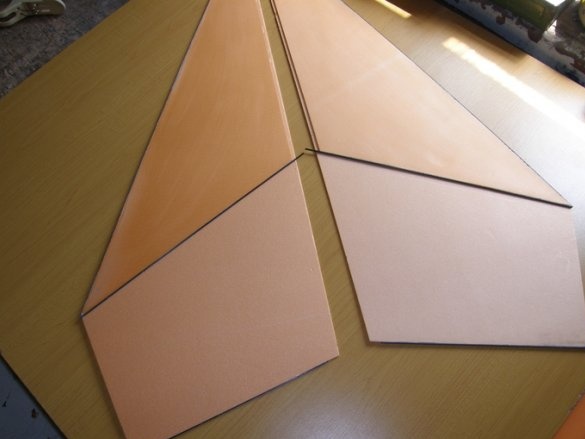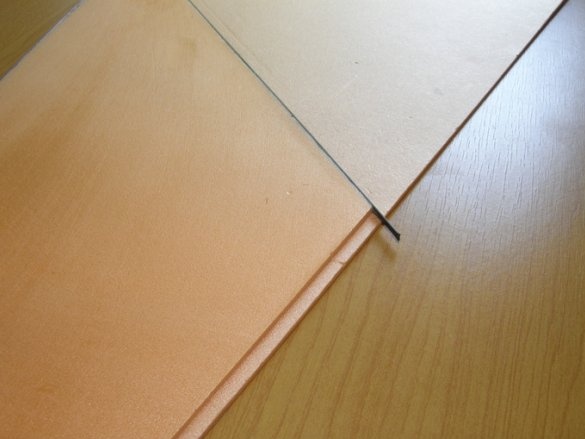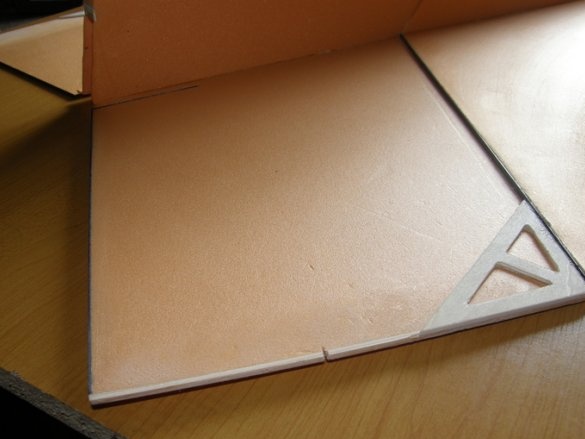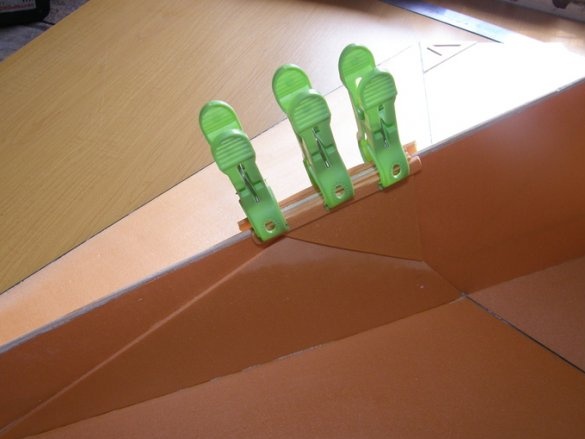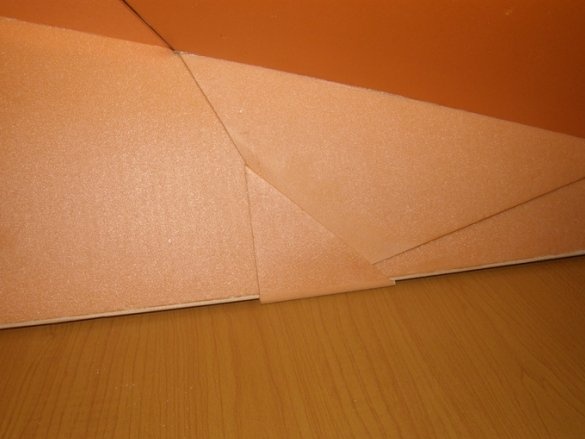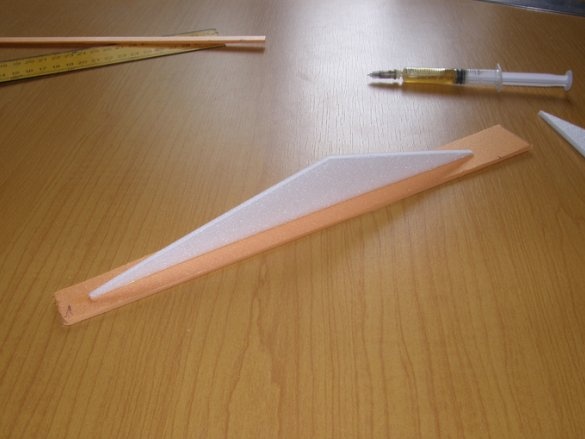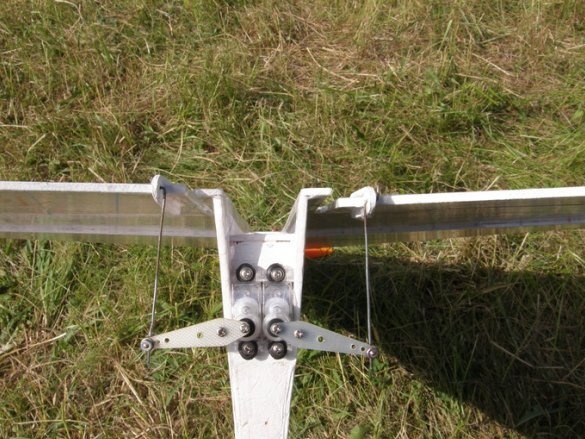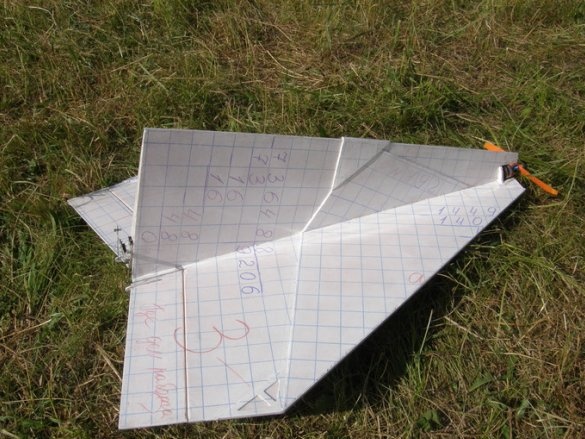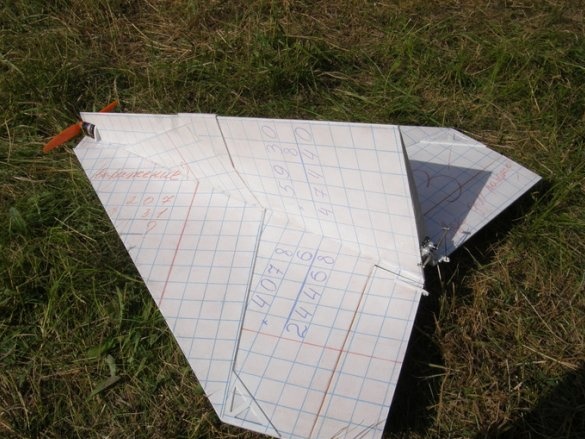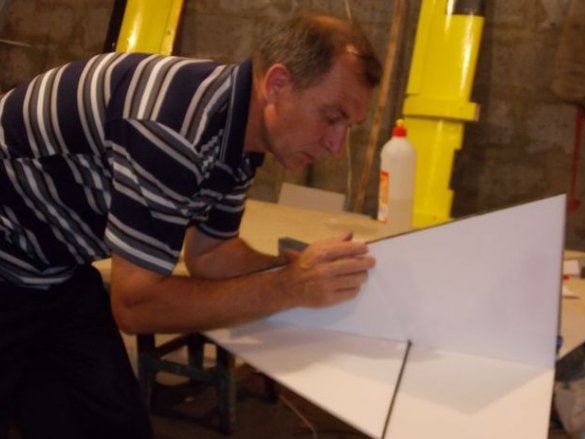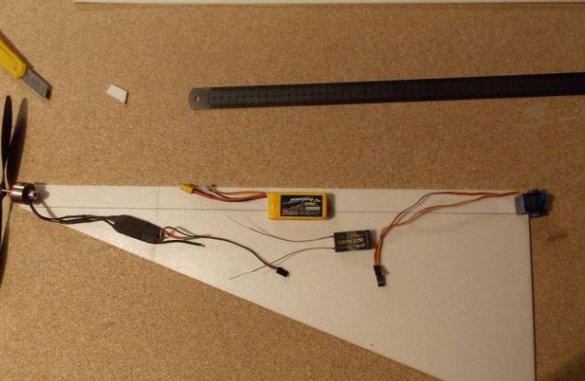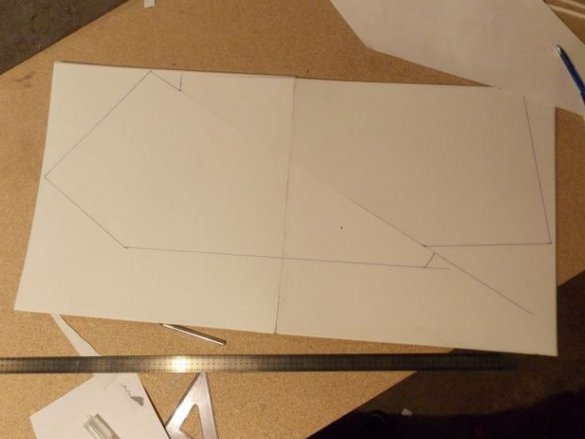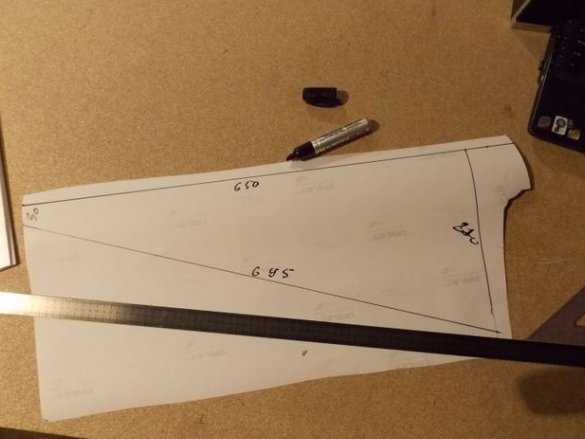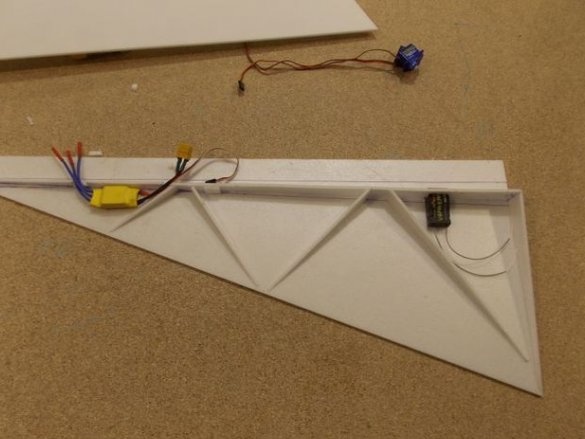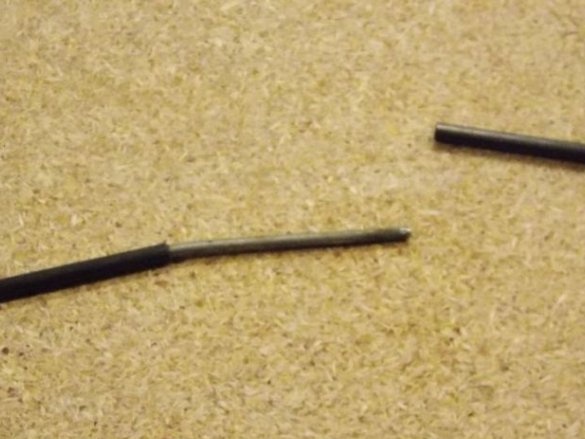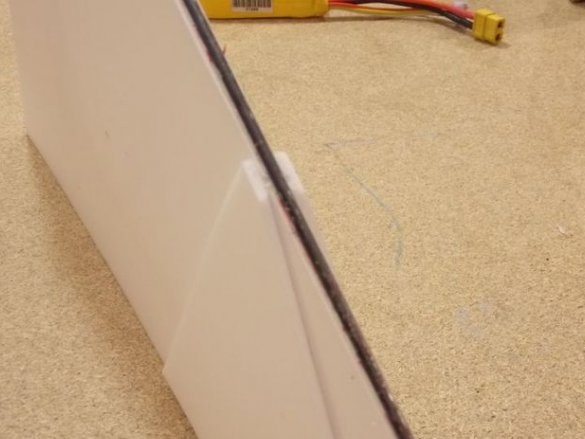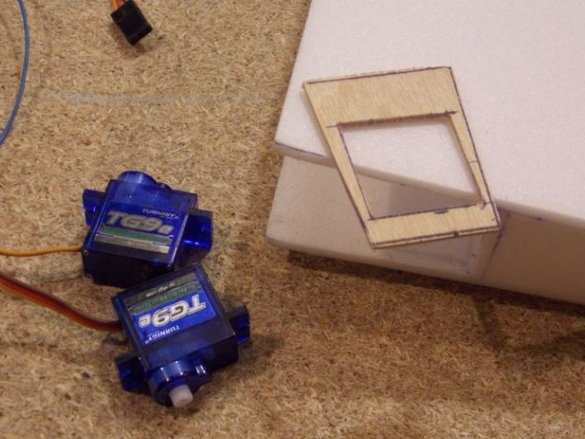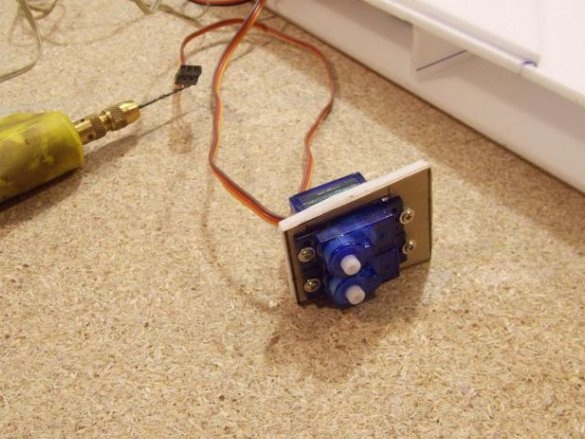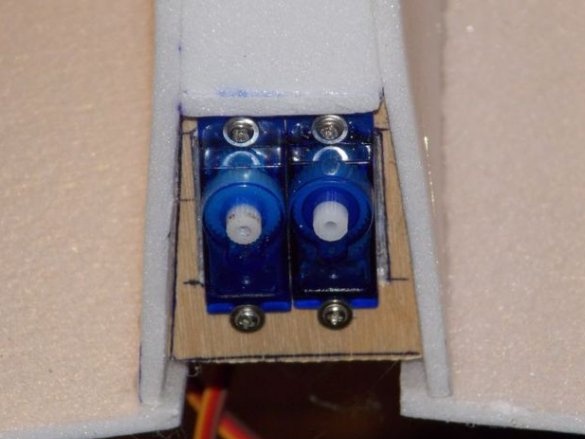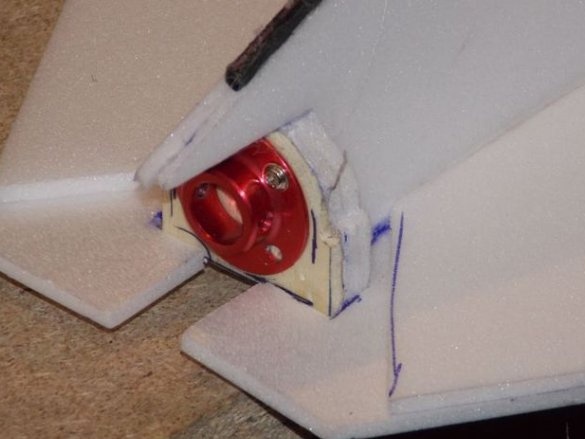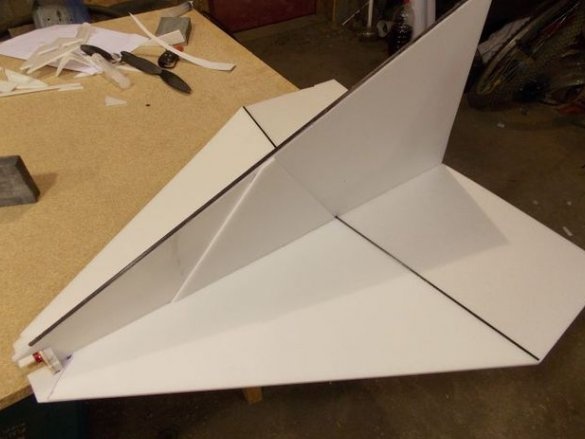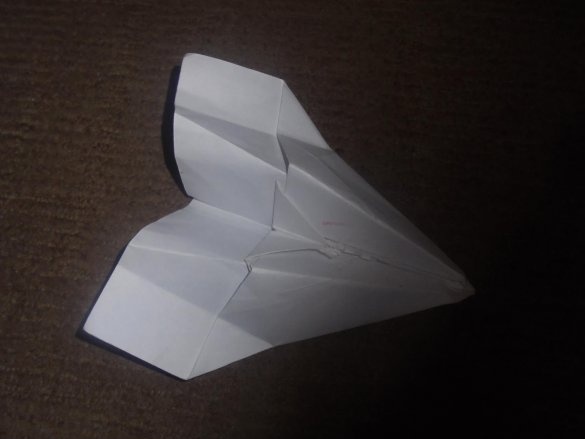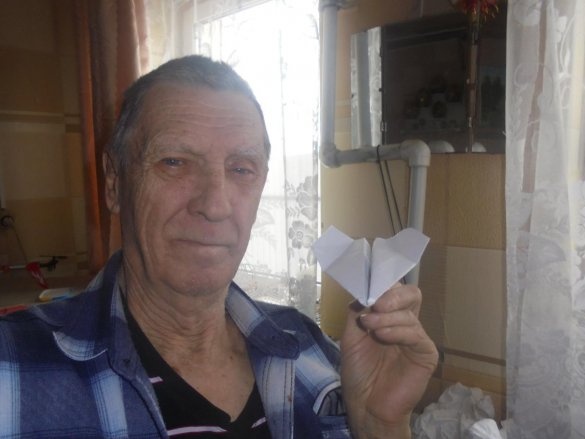Childhood, childhood, where did you go?
Yes, childhood flew far into the past, and some childhood memories remained.
The most popular activity in school years was the manufacture of paper pigeons.
Many children started paper planes of various designs at school during the break.
It happened during the lesson, whoever started the dove with a love message.
Here is one of such airplanes, the author says in his article and shows how to make a paper dove from a notebook sheet.
You can, of course, take any sheet of paper, but a sheet from a notebook, and even with a hated deuce in arithmetic, is better, more interesting!
There is probably not a single child on earth who has not made such doves.
The author claims that for this you only need to be able to fold the notebook sheet correctly.
We stacked correctly and the dove flew!
Here, looking at such a darling, according to the author, you can make a pretty decent, flying radio model on the radio.
Let's try it !?
We put our little darling on a sheet of paper, circle it with a pen or pencil, get the outline and put down the dimensions we need. This is our drawing.
Initially, individual wing parts are marked.
The author claims that a white ceiling is needed to build the model, so that it would be possible to make the appearance of a notebook sheet. But I do not see much difference if we use a substrate for a blue laminate. There will be a cover from a notebook.
Some details of the model are made in two layers.
First we make the fuselage.
Any glue can be used for gluing ceiling tiles. I offer a universal leu "CIN", it is almost odorless.
To strengthen the wing, the author suggests using carbon rods.
The dimensions of the spar depend on the selected model scale.
In front of the fuselage, for strength, a piece of Penoplex insulation can be glued.
It will be located here electronics.
When mounting parts, use a square with a right angle. Do not distort the structure.
To get the V angle, a special template is made.
Servos can be mounted in a way convenient for you.
Place for installing the motor must be done under the available motor.
To mount the motor, you can glue a piece of fiberboard (hardboard) 40 x40 mm.
Instead of carbon, you can use thin wooden slats carved from student rulers.
The wing can be strengthened with plywood corners or ceilings.
At the end of the fuselage is a lid.
You can install boars and connect rods.
All control surfaces are hung on tape. Do not forget to cut.
The author offers this kind of electronics.
Motor - FC 2822 1200Kv.
The regulator is any suitable for power.
Servos - 9 grams.
The model is 738 mm long.
Span - 660 mm.
Unfortunately, model, built by the author, was lost after takeoff. This happens often.
The most important thing is not to despair. As my teacher and mentor Sergei Alexandrov said: “We make models so that they fly, break, fight, and we build them again!”
Very interesting additions were made to the article by Sergey Shevyrin.
He was also fascinated by the idea of building this model and he showed his vision of this model.
The model is made in two layers of the ceiling.
This will be the fuselage.
Wire, wire rod length - 90 mm.
Design work will be carried out after testing.
Mistakes made.
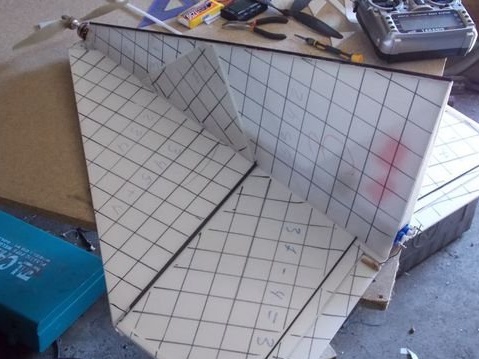
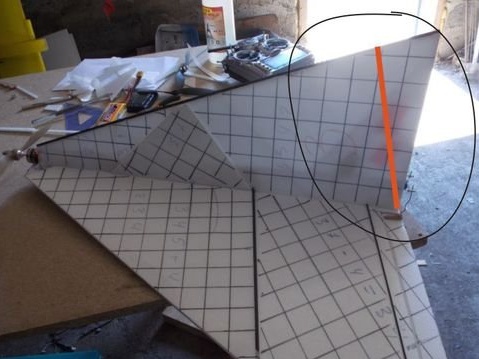
Small video sketches.
I am not building such a model yet, but for my great-granddaughters I am making paper doves. They really like to run them. This beloved dove has already been around for two years, and everything is safe and good.

